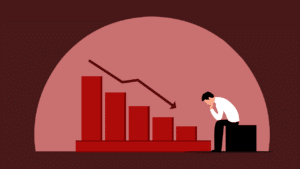Today, the American Seed Trade Association kicked off its 131st Annual Convention in Indianapolis, Indiana, with a focus on characteristics that make up large commercial producers.
Every five years, Purdue University’s Center for Commercial Agriculture conducts a large commercial producer survey, which measures how farmers make their decisions, how they prefer their information, buying preferences, customer loyalty and attitudes toward growth.
“This survey is important because production ag is changing and the marketplace is changing rapidly, says Brent Gloy, an associate professor in Purdue’s Department of Agricultural Economics.
Gloy says it’s important to note that it’s not a one-size-fits all sector. “We need to have differentiated strategies for each farming sector — mid-size farmer, the commercial farmer and the larger farmer,” he says.
In the corn and soybean sector, large farmers are classified as having 5,000 and more acres. Of the 1,670 survey responses, 771 of them were corn and soybean growers.
When it comes to how large farmers make purchasing decisions with respect to seed, Gloy says that only 18 percent of your customer base always put price first.
“Farmers really care about product performance when it comes to seed,” he says. “Large farmers are way more focused on performance than the other categories of farmers surveyed. As we breakdown the responses and look at only large producers, the performance characteristic actually expands. Keep this in mind, large farmers are more performance driven than price driven.”
However, later in the session, Gloy noted that it might be because as large producers they’re not as concerned with getting the best price for seed because they expect it.
When looking at crop protection, survey data shows that 59.3 percent of all farmers are performance driven. “When you look at just the large farmer sector, 72 percent of them are focused on performance with price closely following,” Gloy says.
When the focus turns to the fertilizer sector, 17 percent of all farmers are relationship buyers, according to the survey. “This is the biggest segment focused on relationships,” Gloy says. “When you look at just the large farmers, about 10.2 percent of them are relationship buyers when it comes to purchasing fertilizers.”
Another point that was made during Gloy’s presentation is the average age of farmers. “Seed companies need to be looking at getting information to that next generation,” he says. Forty-five percent of farmers are between the ages of 55 and 69 and an additional 20 percent are age 70 and more. “Succession will have important implications for your relationships,” he says.












